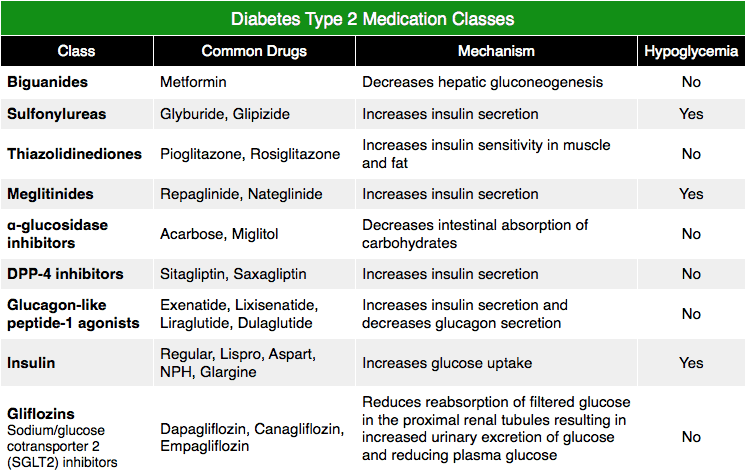New in Your Boost Box: The 50 “Hardest” PANCE Review Questions of 2019

Have you ever wondered which questions in your PANCE review Qbank are answered incorrectly most often? Some of the questions are definitely trickier than others, and it’s not always on purpose. So as an end-of-the-year treat, we’ve released the 50 most commonly missed questions from the 2019 PANCE Qbank.
These “hardest” 50 questions are available to our subscribers for free! Check your Boost Box for the “Hardest Questions 2019” module to try out the questions that only 25% of users answered correctly. Here’s one that you’ll find:
A 56-year-old man with a past medical history of type 2 diabetes mellitus has been taking metformin and sitagliptin for the past six months. Last week, the patient’s hemoglobin A1C was 8.2%. The patient states that he has been compliant with his regimen. Which of the following agents would be most appropriate to add to this patient’s regimen to achieve glycemic control?
A. Alogliptin
B. Canagliflozin
C. Exenatide
D. Insulin lispro
Answer: B
It is important to consider mechanisms of action when using combination therapy to achieve glycemic control in diabetic patients. Metformin is a biguanide that decreases hepatic glucose production and increases peripheral uptake and utilization of glucose (i.e., an insulin sensitizer). Sitagliptin is a dipeptidyl peptidase 4 inhibitor that prevents the metabolism of glucagon-like peptide 1, leading to increased insulin release and decreased glucagon secretion. Canagliflozin is a sodium-glucose cotransporter 2. This medication increases the urinary excretion of glucose thereby decreasing the plasma glucose. Other suitable agents to add to the patient’s current regimen include a thiazolidinedione, such as pioglitazone, or a long-acting basal insulin, such as insulin detemir.

Alogliptin (A) is incorrect, as it is also a dipeptidyl peptidase 4 inhibitor and would provide no additional benefit to the patient’s current regimen. Exenatide (C) is incorrect because it is a glucagon-like peptide 1 agonist. It is not currently recommended to add a glucagon-like peptide 1 agonist to a dipeptidyl peptidase 4 inhibitor since they both work on the same pathway, and evidence has shown that this combination is unlikely to lead to satisfactory reductions in A1C. Insulin lispro (D) is a rapid-acting insulin that is appropriate for mealtime insulin requirements but does not provide long-acting control of blood sugar throughout the day. When initiating insulin therapy, current guidelines recommend starting a patient on a long-acting insulin, such as insulin glargine or insulin degludec.
We know “hardest” should not simply be defined by questions answered incorrectly most often. Sometimes these questions are confusing or are not testing the concept they are meant to test. As part of Rosh Review’s quality assurance process, we review the worst-performing questions and will remove those that are confusing or poorly written. Some of the “hardest questions of 2019” may fall into this bucket and are in review.
Give these questions a try, and thank you for placing your trust in us as you prepare for the PANCE! It’s a privilege to be by your side.
Sincerely,
The Rosh Review Team





Comments (0)